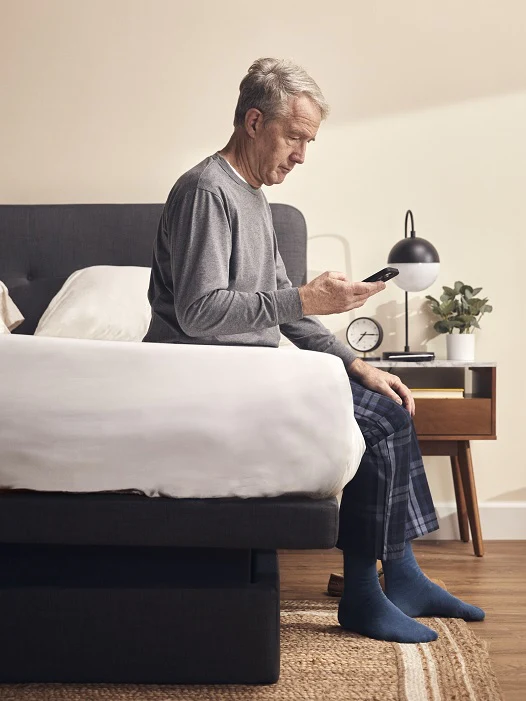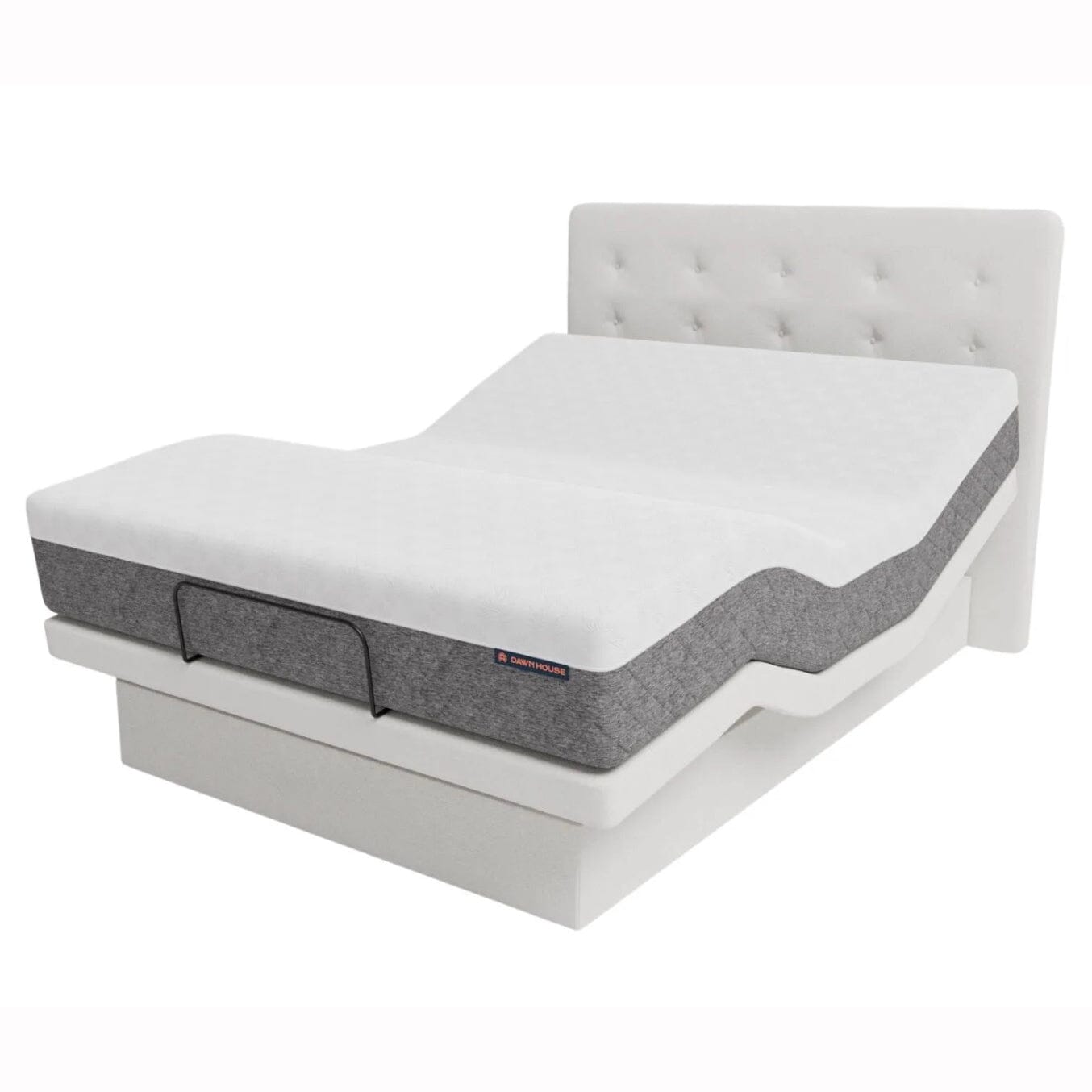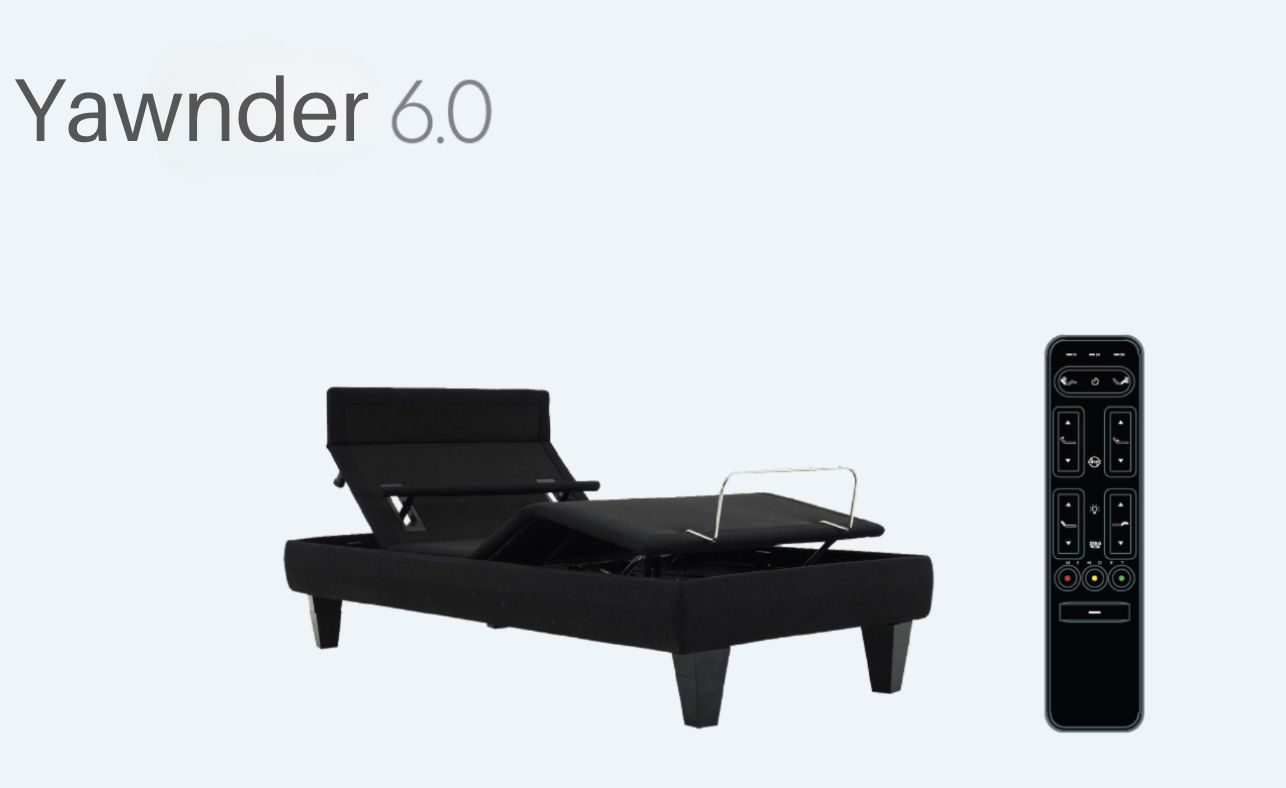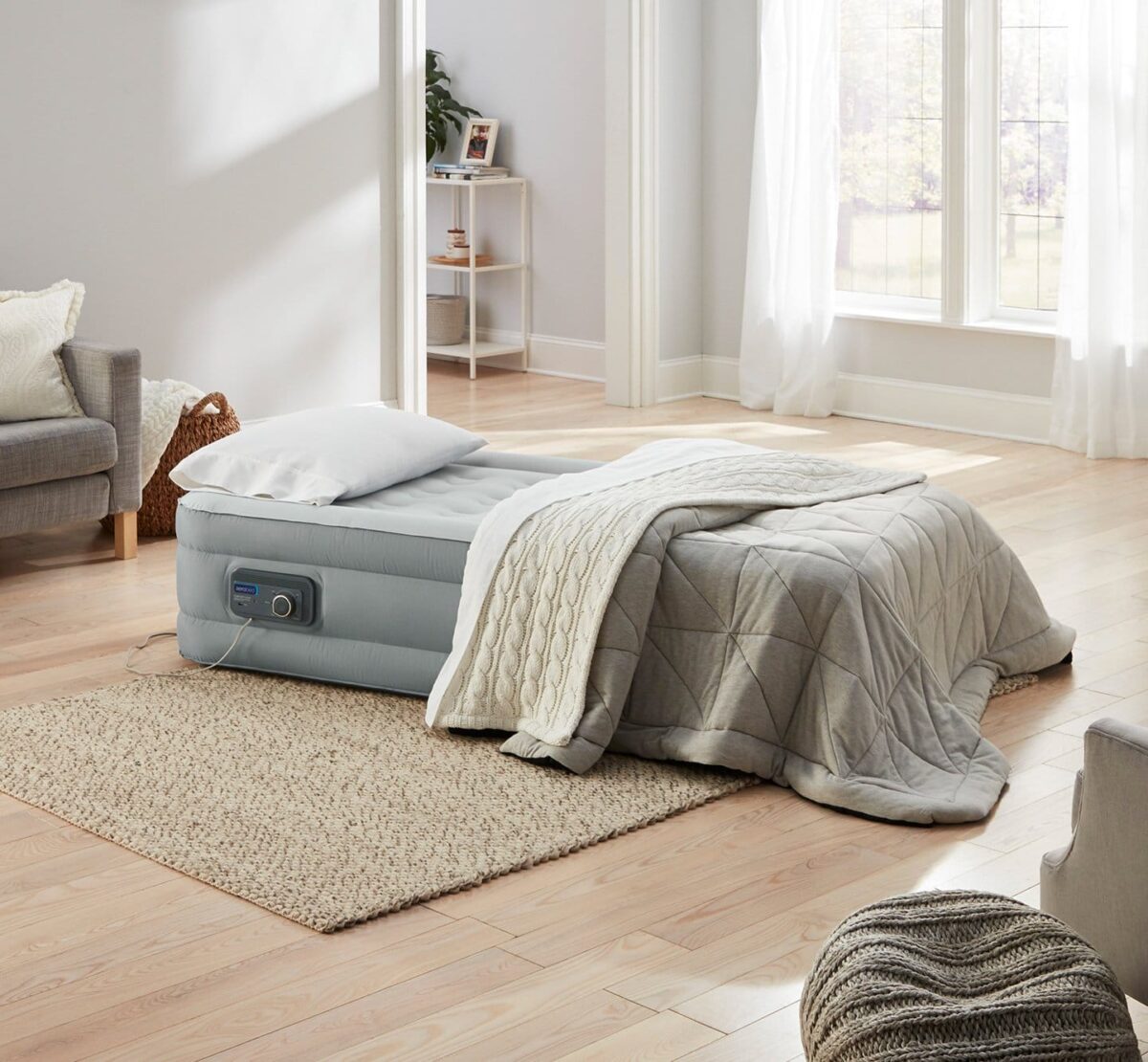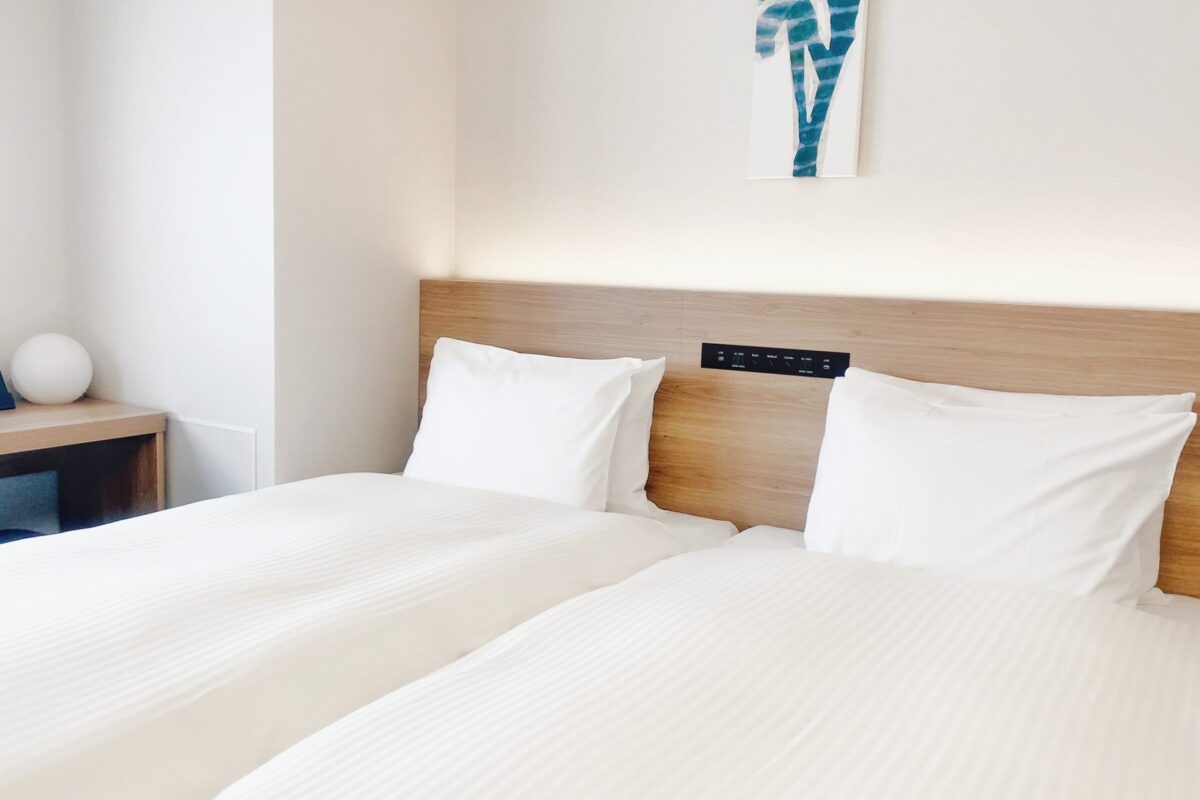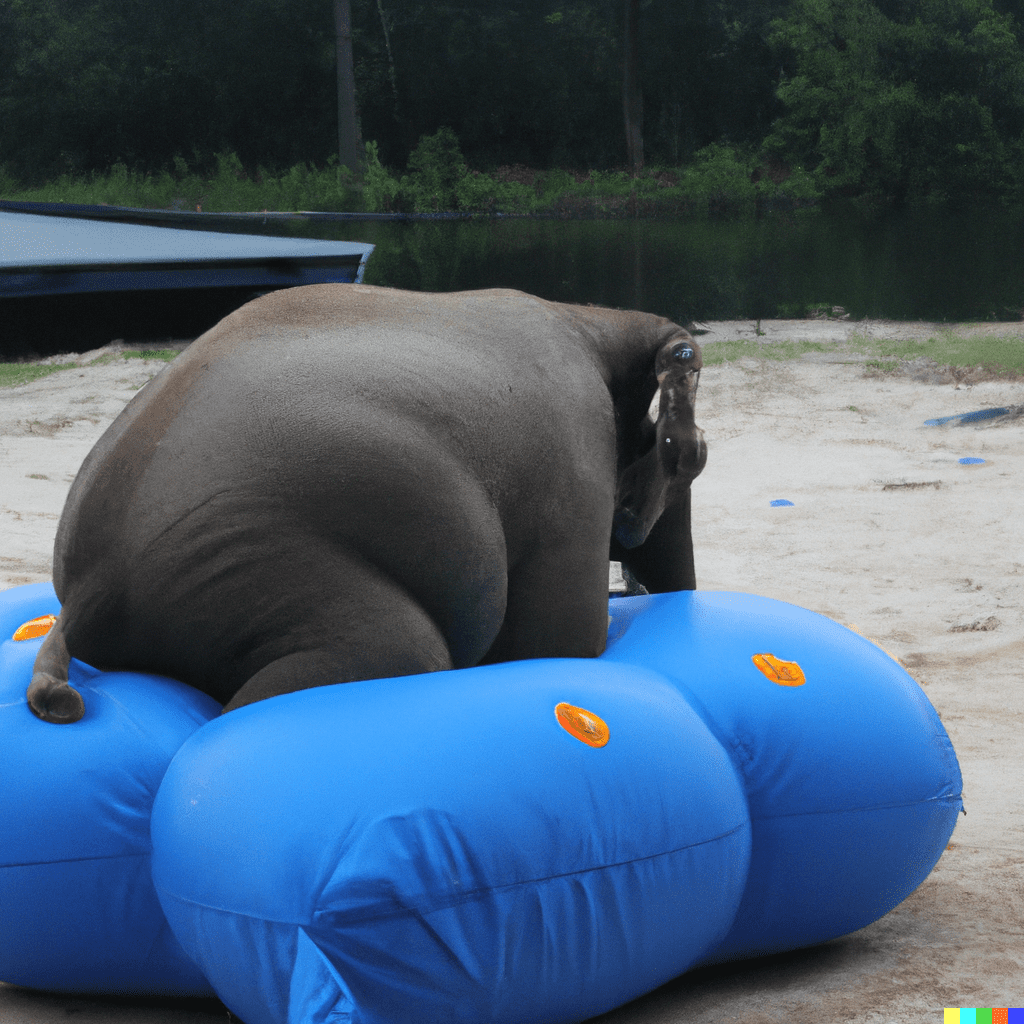The Importance of Adjustable Beds for Seniors
As we age, our sleep patterns and comfort needs change, making it essential to find a bed that adapts to our evolving requirements. Adjustable beds for seniors provide the perfect solution, offering numerous benefits to enhance overall sleep quality and daily life. With features like customizable sleeping positions, enhanced support, and improved mobility, these beds are designed to cater specifically to the needs of seniors. Our objective is to help you navigate through the various options available and identify the best adjustable bed for your needs or those of your loved ones. In this comprehensive guide, we’ll explore the top 5 adjustable beds for seniors, so you can make an informed decision and experience the ultimate in comfort and convenience.
Benefits of Adjustable Beds for Seniors
Improved comfort and sleep quality Adjustable beds offer a personalized sleeping experience by allowing users to modify the bed’s position to better suit their preferences. This enhanced comfort can lead to better sleep quality, which is essential for overall health and well-being, particularly as we age.
Enhanced support and pressure relief
Seniors often experience aches and pains due to aging or chronic health conditions. Adjustable beds help alleviate discomfort by providing targeted support and pressure relief, conforming to the body’s unique contours and ensuring proper spinal alignment during sleep.
Ease of mobility and independence
Adjustable beds make it easier for seniors to get in and out of bed, reducing the strain on joints and muscles. This increased mobility allows for greater independence, making everyday tasks more manageable and promoting self-reliance.
Customizable sleeping positions for various health concerns
Seniors may have specific health concerns that require specialized sleeping positions, such as sleep apnea, acid reflux, or edema. Adjustable beds allow users to find the optimal position to address these issues, contributing to better sleep and overall health.
Additional features for added convenience
Many adjustable beds come with extra features, such as built-in massage functions, zero-gravity presets, and USB ports. These conveniences not only enhance the sleeping experience but also contribute to a more comfortable and accessible environment for seniors, simplifying their daily routines.
Factors to Consider When Choosing an Adjustable Bed for Seniors
Size and dimensions
Consider the available space in your bedroom and your preferred bed size. Adjustable beds come in various sizes, such as twin, full, queen, and king. Ensure that the chosen bed not only fits comfortably within your room but also accommodates your preferred mattress size.
Weight capacity Different adjustable beds have varying weight capacities. Choose a bed that can safely support the combined weight of the user and the mattress. Be sure to check the manufacturer’s guidelines for weight limits to ensure optimal performance and longevity.
Range of adjustability
Adjustable beds offer varying degrees of customization. Some provide basic head and foot elevation, while others offer more advanced options such as independent leg adjustments or zero-gravity presets. Consider the range of adjustability you need for your specific health concerns or comfort preferences.
Available features (massage, zero-gravity, USB ports, etc.)
Additional features can significantly enhance the overall sleeping experience. Look for features that cater to your specific needs or preferences, such as built-in massage functions, zero-gravity presets, under-bed lighting, or USB ports for charging electronic devices.
Ease of use and remote controls
Choose an adjustable bed with user-friendly controls that are easy to operate, particularly for seniors who may have limited dexterity or vision impairments. Many beds come with wireless remote controls, which should be clearly labeled and simple to use. Some models even offer smartphone app integration for added convenience.
Price and warranty
Adjustable beds can vary significantly in price, so set a budget and consider the long-term value of your investment. Look for a bed that offers a balance between quality, features, and affordability. Additionally, review the warranty terms to ensure adequate coverage for potential repairs or replacements.
Top 5 Adjustable Beds for Seniors
The Dawn House Bed is more than just a bed, it’s an entire system designed to support vibrant lives as we age. The customizable sleep solution has built-in, state-of-the-art sleep monitoring and safety features designed to deliver unmatched comfort and control that allow for independence and peace of mind.
This adjustable base truly has it all. Wireless operation, Bluetooth connectivity, a massage function, and headboard brackets. Attractive Deck-on-Deck construction and integration with the Ergomotion Zone App marries style with consumer wellness like never before.
Tips for Using and Maintaining Adjustable Beds
The Importance of Adjustable Beds for Seniors
As we age, our sleep patterns and comfort needs change, making it essential to find a bed that adapts to our evolving requirements. Adjustable beds for seniors provide the perfect solution, offering numerous benefits to enhance overall sleep quality and daily life. With features like customizable sleeping positions, enhanced support, and improved mobility, these beds are designed to cater specifically to the needs of seniors. Our objective is to help you navigate through the various options available and identify the best adjustable bed for your needs or those of your loved ones. In this comprehensive guide, we’ll explore the top 5 adjustable beds for seniors, so you can make an informed decision and experience the ultimate in comfort and convenience.
Benefits of Adjustable Beds for Seniors
Improved comfort and sleep quality Adjustable beds offer a personalized sleeping experience by allowing users to modify the bed’s position to better suit their preferences. This enhanced comfort can lead to better sleep quality, which is essential for overall health and well-being, particularly as we age.
Enhanced support and pressure relief
Seniors often experience aches and pains due to aging or chronic health conditions. Adjustable beds help alleviate discomfort by providing targeted support and pressure relief, conforming to the body’s unique contours and ensuring proper spinal alignment during sleep.
Ease of mobility and independence
Adjustable beds make it easier for seniors to get in and out of bed, reducing the strain on joints and muscles. This increased mobility allows for greater independence, making everyday tasks more manageable and promoting self-reliance.
Customizable sleeping positions for various health concerns
Seniors may have specific health concerns that require specialized sleeping positions, such as sleep apnea, acid reflux, or edema. Adjustable beds allow users to find the optimal position to address these issues, contributing to better sleep and overall health.
Additional features for added convenience
Many adjustable beds come with extra features, such as built-in massage functions, zero-gravity presets, and USB ports. These conveniences not only enhance the sleeping experience but also contribute to a more comfortable and accessible environment for seniors, simplifying their daily routines.
Factors to Consider When Choosing an Adjustable Bed for Seniors
Size and dimensions
Consider the available space in your bedroom and your preferred bed size. Adjustable beds come in various sizes, such as twin, full, queen, and king. Ensure that the chosen bed not only fits comfortably within your room but also accommodates your preferred mattress size.
Weight capacity Different adjustable beds have varying weight capacities. Choose a bed that can safely support the combined weight of the user and the mattress. Be sure to check the manufacturer’s guidelines for weight limits to ensure optimal performance and longevity.
Range of adjustability
Adjustable beds offer varying degrees of customization. Some provide basic head and foot elevation, while others offer more advanced options such as independent leg adjustments or zero-gravity presets. Consider the range of adjustability you need for your specific health concerns or comfort preferences.
Available features (massage, zero-gravity, USB ports, etc.)
Additional features can significantly enhance the overall sleeping experience. Look for features that cater to your specific needs or preferences, such as built-in massage functions, zero-gravity presets, under-bed lighting, or USB ports for charging electronic devices.
Ease of use and remote controls
Choose an adjustable bed with user-friendly controls that are easy to operate, particularly for seniors who may have limited dexterity or vision impairments. Many beds come with wireless remote controls, which should be clearly labeled and simple to use. Some models even offer smartphone app integration for added convenience.
Price and warranty
Adjustable beds can vary significantly in price, so set a budget and consider the long-term value of your investment. Look for a bed that offers a balance between quality, features, and affordability. Additionally, review the warranty terms to ensure adequate coverage for potential repairs or replacements.
Top 5 Adjustable Beds for Seniors
The Dawn House Bed is more than just a bed, it’s an entire system designed to support vibrant lives as we age. The customizable sleep solution has built-in, state-of-the-art sleep monitoring and safety features designed to deliver unmatched comfort and control that allow for independence and peace of mind.
This adjustable base truly has it all. Wireless operation, Bluetooth connectivity, a massage function, and headboard brackets. Attractive Deck-on-Deck construction and integration with the Ergomotion Zone App marries style with consumer wellness like never before.
Tips for Using and Maintaining Adjustable Beds
Proper installation and assembly
Ensuring correct installation and assembly of your adjustable bed is crucial for optimal performance and safety. Carefully follow the manufacturer’s instructions, and if necessary, seek professional assistance. Proper installation will help prevent malfunctions and potential damage to the bed’s components.
Safe usage guidelines
Adhere to the manufacturer’s recommendations for safe usage to prevent accidents or damage to the bed. Avoid exceeding the bed’s weight capacity, and refrain from sitting or standing on elevated sections of the bed. Teach any caregivers or family members the correct operation of the adjustable bed to ensure consistent and safe use.
Cleaning and maintenance tips
Regular cleaning and maintenance can help prolong the life of your adjustable bed. Wipe down the bed frame with a damp cloth to remove dust and dirt, and vacuum under the bed to eliminate any debris. Inspect the bed’s moving parts for signs of wear or damage, and lubricate the joints as needed according to the manufacturer’s instructions. Additionally, follow the recommended care guidelines for your mattress to maintain its comfort and support.
When to replace or upgrade
Over time, the performance of an adjustable bed may decline due to normal wear and tear. If you notice a significant decrease in functionality or if the bed no longer meets your needs or health requirements, it may be time to consider replacing or upgrading your adjustable bed. Regular maintenance and proper care can help extend the life of your bed, but be prepared to invest in a new model if necessary to ensure your continued comfort and well-being.
Conclusion
In conclusion, we encourage our readers to prioritize comfort, support, and mobility when selecting an adjustable bed for seniors. As we age, our bodies and sleep patterns change, making it essential to choose a bed that can adapt to these evolving needs. By investing in a high-quality adjustable bed, seniors can experience a more restful and comfortable sleep while maintaining their independence and addressing specific health concerns.
Remember, the right adjustable bed can significantly enhance the quality of life for seniors, offering customized support, pressure relief, and ease of movement. Take the time to research and choose the best adjustable bed to suit your needs, ensuring that your investment contributes to a happier, healthier, and more comfortable lifestyle.
Proper installation and assembly
Ensuring correct installation and assembly of your adjustable bed is crucial for optimal performance and safety. Carefully follow the manufacturer’s instructions, and if necessary, seek professional assistance. Proper installation will help prevent malfunctions and potential damage to the bed’s components.
Safe usage guidelines
Adhere to the manufacturer’s recommendations for safe usage to prevent accidents or damage to the bed. Avoid exceeding the bed’s weight capacity, and refrain from sitting or standing on elevated sections of the bed. Teach any caregivers or family members the correct operation of the adjustable bed to ensure consistent and safe use.
Cleaning and maintenance tips
Regular cleaning and maintenance can help prolong the life of your adjustable bed. Wipe down the bed frame with a damp cloth to remove dust and dirt, and vacuum under the bed to eliminate any debris. Inspect the bed’s moving parts for signs of wear or damage, and lubricate the joints as needed according to the manufacturer’s instructions. Additionally, follow the recommended care guidelines for your mattress to maintain its comfort and support.
When to replace or upgrade
Over time, the performance of an adjustable bed may decline due to normal wear and tear. If you notice a significant decrease in functionality or if the bed no longer meets your needs or health requirements, it may be time to consider replacing or upgrading your adjustable bed. Regular maintenance and proper care can help extend the life of your bed, but be prepared to invest in a new model if necessary to ensure your continued comfort and well-being.
Conclusion
In conclusion, we encourage our readers to prioritize comfort, support, and mobility when selecting an adjustable bed for seniors. As we age, our bodies and sleep patterns change, making it essential to choose a bed that can adapt to these evolving needs. By investing in a high-quality adjustable bed, seniors can experience a more restful and comfortable sleep while maintaining their independence and addressing specific health concerns.
Remember, the right adjustable bed can significantly enhance the quality of life for seniors, offering customized support, pressure relief, and ease of movement. Take the time to research and choose the best adjustable bed to suit your needs, ensuring that your investment contributes to a happier, healthier, and more comfortable lifestyle.


